For over 40 years, the Leica Pocket Book has been the most respected point of reference for all things Leica, from product descriptions to production numbers and serial numbers of lenses and cameras. The new 9th Edition, published this week, adds ten years of development and over 100 pages of information. The book is packed with information and has a place on any Leica owner’s bookshelf
Now published by Red Dot Photo Books, a subsidiary of the London dealership, Red Dot Cameras, the new edition now sports a crimson cover, breaking the link with the previous book.
Major editing task
The 9th Edition has been edited and extended by one of Britain’s foremost Leica enthusiasts, Dr Frank Dabba Smith, with assistance from other specialists and with additional contributions from David Slater, the noted technical expert. Others, including Macfilos editor Mike Evans, have been involved in the more mundane task of proofreading the new pages.
From the Ur-Leica from over a century ago right up to the M11 and the latest lenses, including the 35mm APO Summicron-M, this comprehensive reference manual has it all. Individual product pages include a full description of the camera or lens, production numbers for each year and variations, including special editions.
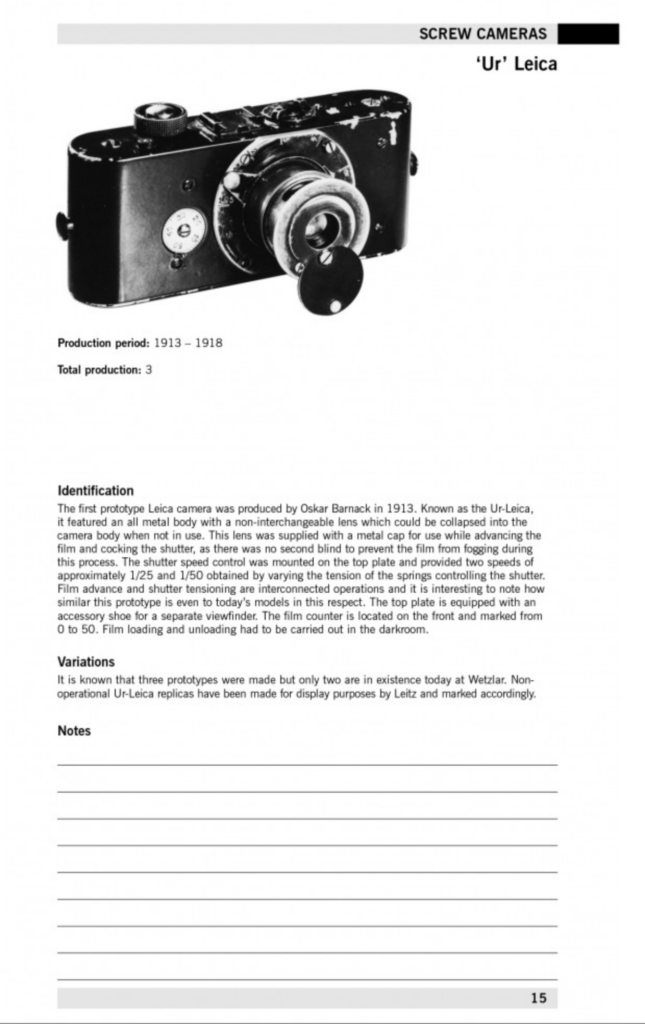
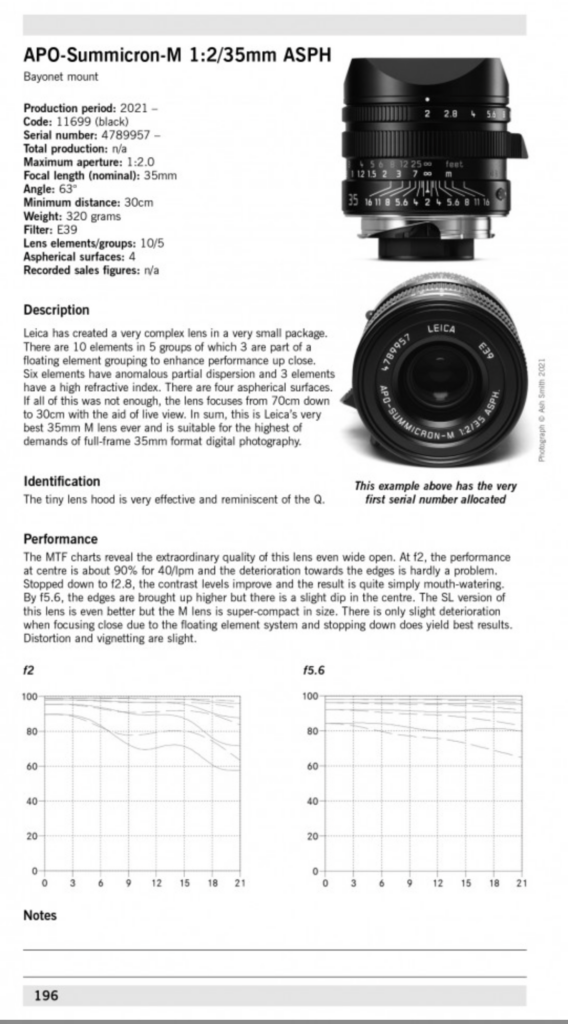
Production tables
Perhaps the most useful feature of all is the extensive serial number tables. All camera numbers from 1923 to 2022 are now listed, showing the cameras they were assigned to and the year of manufacture. In addition, the book includes a table of all lenses manufactured between 1931 and 2021, referenced by year of manufacture. The information is vital if you are buying any used film camera or M lens.
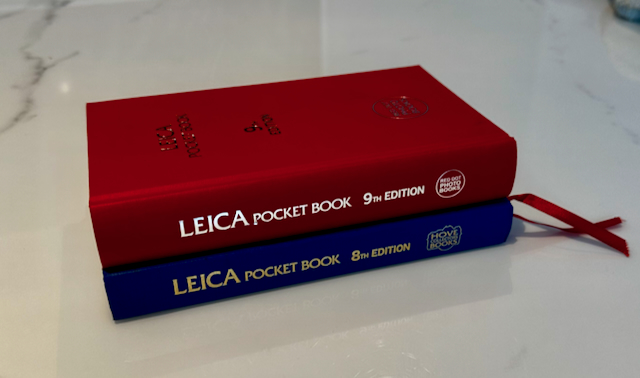
Availability
The Leica Pocket Book 9th Edition is a must-have reference medium for all Leica enthusiasts. It is available now from Red Dot Cameras at a cost of £30. Full details of international shipping prices are listed on the order page.
Past Macfilos coverage of the Leica Pocket Book 8th Edition
All photographs in this article by Mike Evans
Join the Macfilos subscriber mailing list
Our thrice-a-week email service has been polished up and improved. Why not subscribe, using the button below to add yourself to the mailing list? You will never miss a Macfilos post again. Emails are sent on Mondays, Wednesdays, and Fridays at 8 pm GMT. Macfilos is a non-commercial site and your address will be used only for communications from the editorial team. We will never sell or allow third parties to use the list. Furthermore, you can unsubscribe at any time simply by clicking a button on any email.

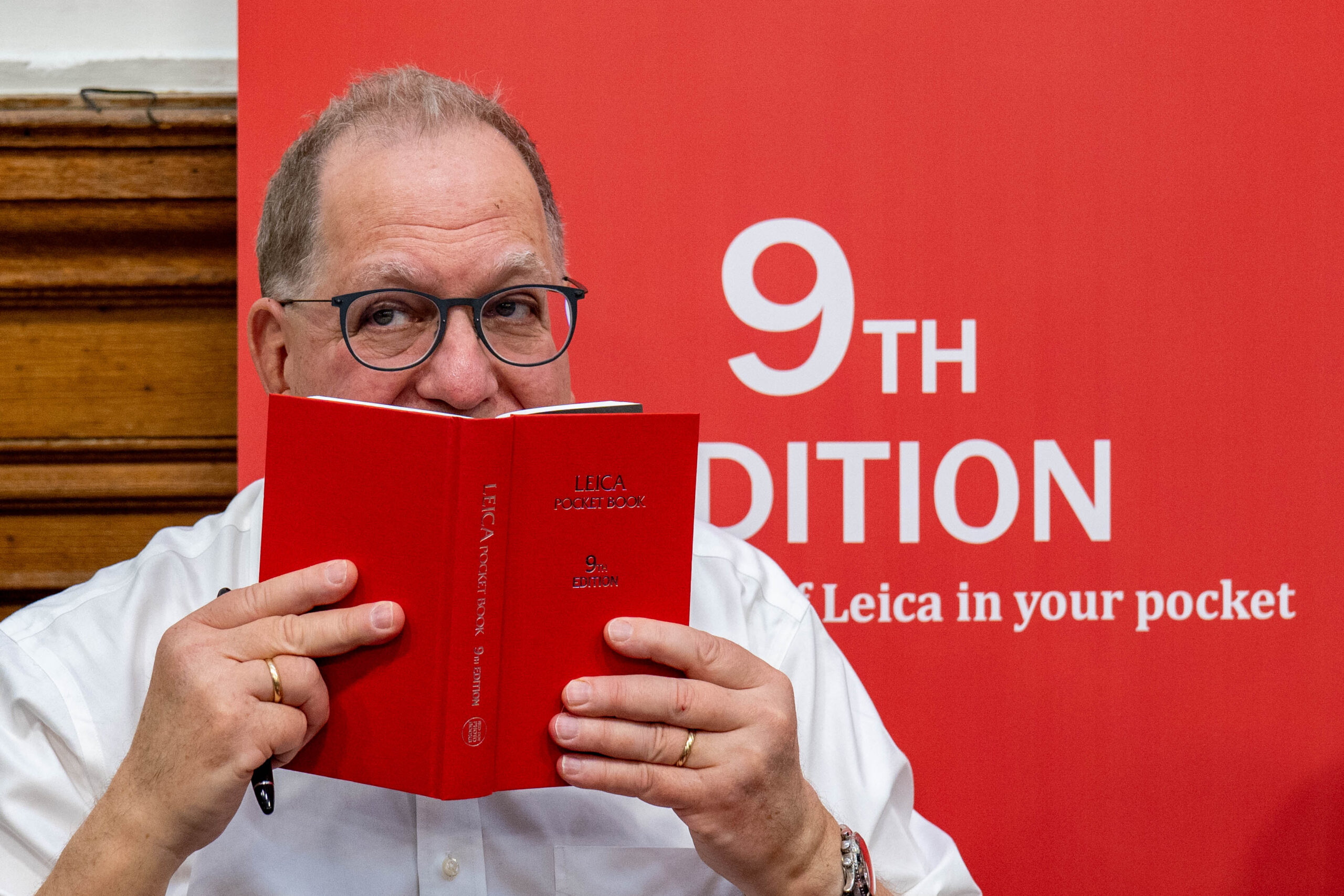
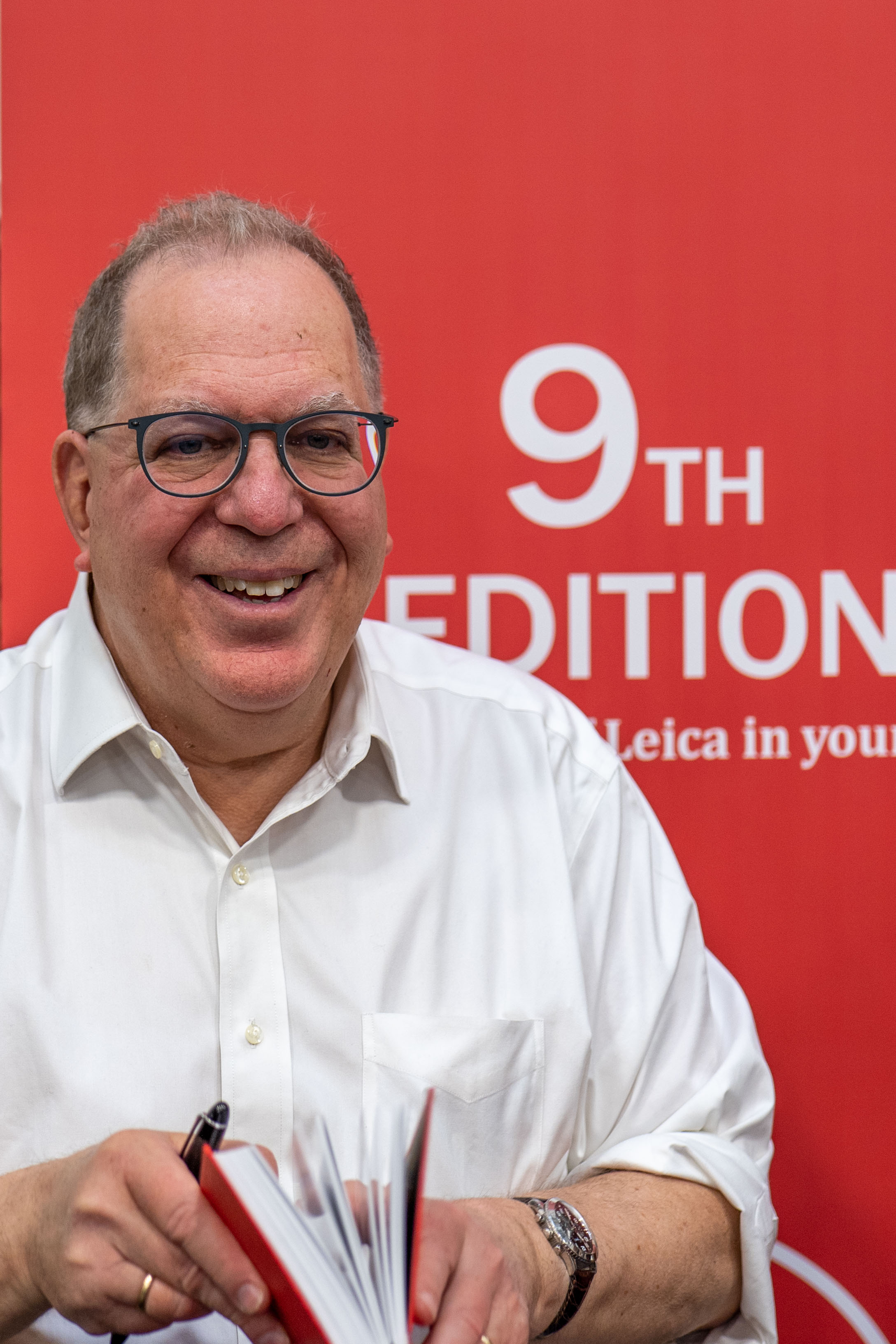
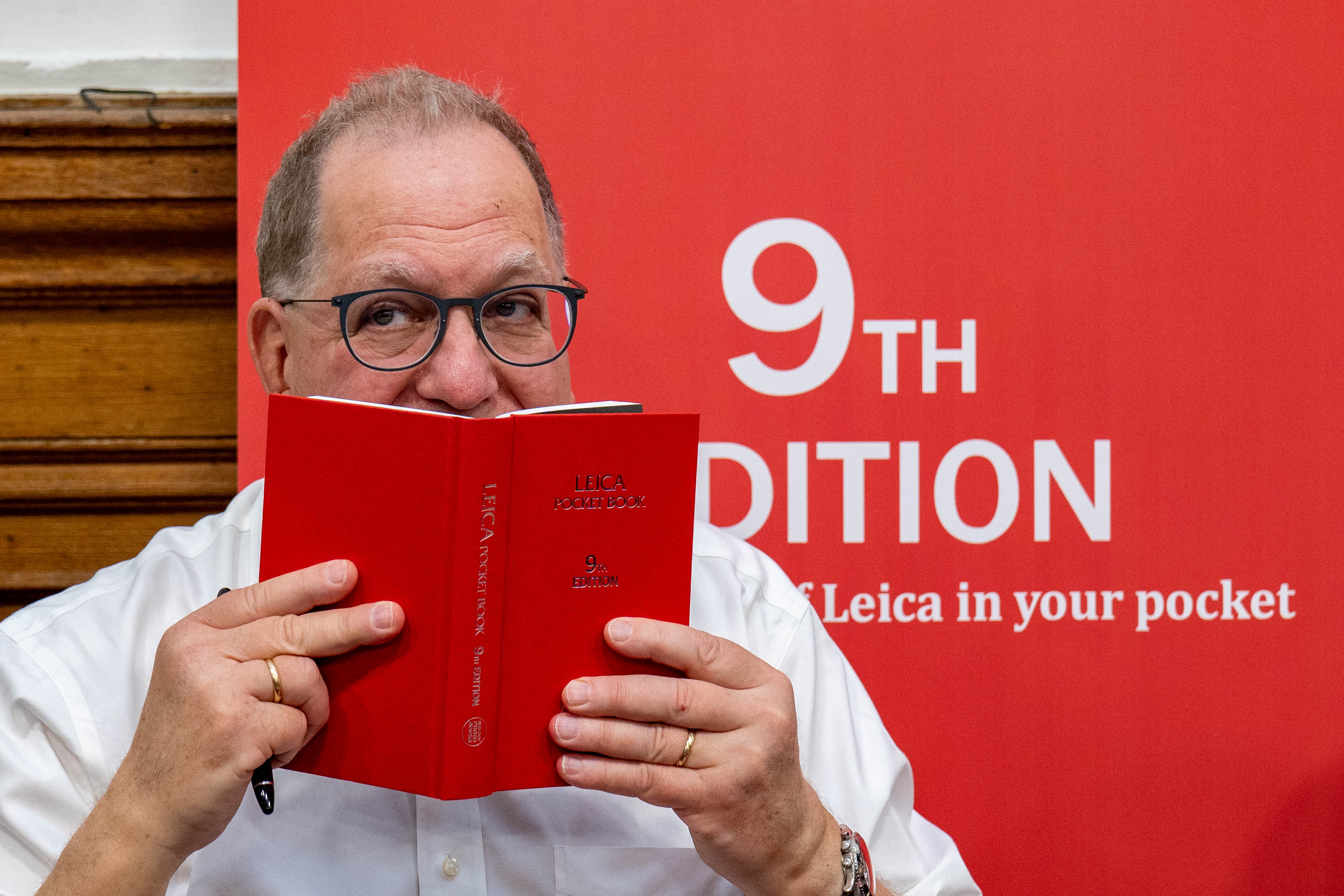

Would love a copy of this but shipping to Australia is insane – almost the same price as the book. Have the first edition (Hove) from 1980 & the 2nd edn Laney Collector’s Guide so would like a little bit of an upgrade
Looking forward to the receipt of mine here in the U.S. I had most of the earlier ones, which I sold or gave away as the newer ones emerged. My last though was the 7th Edition, which I still treasure for Erwin’s technical descriptions of each lens’ performance, along with the MTF curves. I use these curves when I write about the performance of newer non-Leica lenses, as comparisons.
I hope that the new edition continues this excellence, for there have been more than a few new Leica lenses since.
I also have the utmost fondness for my Accessory Guide. Not too many Leica accessories since that point, and many of the old ones likely still work on digital Leicas. I should get out my SOOKY and try.
Ed
Am I right in thinking that all those SOOKYs and NOOKYs were telegraphic codes which made it easier for dealers to order by telegram?
The Leitz 5-letter codes were ubiquitous (i.e. not just for Leica camera items) and much more fun than just numerals (which replaced them in the Catalog), but I have never heard why they chose this method. You could be right Mike. Perhaps someone here truly knows.
I have also heard this explanation concerning telegraphic codes.
It would have been ordering, handling and general logistics. The I Model A had 11 different code words and the very first of those was actually LEICA, so the origins might have been seen in the brand name of LEItz + CAmera. This stood for a IA plus 3 cassettes in the brown leather bag which became the ETRIN. As things moved along things became more than slightly complicated and LEFFA and LESSA were used for various combinations including cases, cassettes and an accessory rangefinder. Then the ‘curvy stuff’ started with things like the LEANEKALB = Leica with coloured calf leather covering and one magazine. The LEANEKALB became the LEKAL when accompanied with a coloured cafe leather case called the ETKAL. Try saying all that quickly after a feed of Guinness!
I’m not sure how easy this stuff was to use back in the day, but it was probably still easier than writing the description out longhand. Then there were name changes such as when the Leica II changed in 1934 from LYKUP (since 1932) to ABOOT which was a while after the ‘toilet seat’ version had disappeared. And the FLQOO for Elmar/Summaron 35mm lenses became the FOOKH in 1951. At least the latter was was easier to pronounce!
As Frank will know, reading the handwriting on delivery registers is sometimes quite a task. Sometimes I have to ask my friend Mr Lager on the other side of the Atlantic to interpret for me.
I’ll get my coat!
William
Received my copy delivered by Royal Mail after ordering online. Page 4 has a most interesting introduction by the 9th Edition’s editor and Leica stalwart Dr. Frank Dabba Smith – which prompted me to immediately access the Leica digital compact cameras’ section – updated by the UK’s ‘independent’ Leica repair technician par excellence, David Slater. We’re treated to a photo of Macfilos’ founder Mike Evans in action on page 430 – and on page 431 reminded that Red Dot Cameras offer the UK’s lowest % commission for s/h Leica sales. Lots to absorb and currently admiring the TL 11-23mm Super Vario Elmar’s MTF graphs – which confirm its superb performance. TYVM to Red Dot Cameras and FDS for all your efforts to complete The Leica Pocket Book 9th Edition – an indispensable reference volume for all Leica enthusiasts and exceptional ‘value for money’. BW, dunk
When I read the first few lines of your comment I thought you had found some
dreadful mistake. Glad to hear it was nothing worse than my picture…
Thanks, Dunk. Wishing you manifold hours of reading pleasure!
Mike, thanks for the information and thanks to Frank for the hard work.
From your article.
“the new edition now sports a crimson cover, breaking tradition with the blue of previous editions.”
For the record of older editions.
My Leica Pocket Book 5th edition cover is burgundy, a 1993 reprint of October 1980.
6th edition’s cover is light brown, 1994.
Accessory Guide, green cover 1984.
Accessory Guide 2nd Edition, green cover 1996.
My 1980/1993 5th edition is 142 pages.
We have come a long way.
I am looking forward to th 9th edition.
Thanks for clarifying this, Ralph. For some reason I have four 8th editions on my bookshelf and none of the earlier ones. I will remove the plural on the final “editions”!
I have the 1984 Accessories Guide with a green cover which I won in a Leica Society raffle in Corsham. This sits nicely alongside Lager’s large accessory guide (also with a green cover) and Laney’s massive tome which lists a huge number of accessories. Such guides are a reminder that the ‘digital turn’ has meant that a huge number of accessories have now disappeared. This not only applies to Leica, companies such as Nikon had a huge range of accessories, particularly for their professional models e.g. about 16 different focus screens for the Nikon F3. In the case of the Leica, we no longer discuss the ‘Mysteries of the Visoflex’, except where nerds do gather. We no longer scratch our heads wondering what a ‘NOOKY’ is and, more to the point, how to use one. As a collector, I have picked up many different Leica accessories along the way. My favourite accessory is the earliest FISON hood for the Leitz 50mm Elmar which had a square front which rotated during focus and had to be reset using a white line on the hood after focus. What were they thinking? History does not record this, but they soon switched to a round opening on the hood. The square front ones are very rare and very expensive and now they go for about 3 or 4 times what I paid for my one. Note to Frank, I’m not suggesting that he redoes the Accessory Guide. He might disappear for ever and, of course, there is only a small number of new accessories being issued every year these days. The great days for Leitz/Leica accessories were probably from the 1930s to the 1980s.
William
Whew, no plans here to redo the green accessory guide!
Dear Mike, John, and Jörg-Peter,
Thank you for your kind and generous words. May everyone long enjoy using the book in good health!
Thank you, Frank Dabba Smith,
for this tremendous work. Since I have taken up a somewhat encyclopedic work with my M Files Project here on Macfilos (https://www.macfilos.com/2023/05/12/the-m-files-18-everything-but-leica-m-here-is-our-navigator-for-all-articles-in-the-series/) I have at least an idea how much commitment it need to accomplish such a task.
Hope to meet you in person one day – all the more after the ARTE documentary I saw a few days ago. All the best, Jörg-Peter
Hi Mike,
Thanks for the review.
I received my copy from Red Dot Cameras earlier this week. It really is a superb reference source!
Congratulations to everyone involved in the production of the book.
John.
Thanks, William. I enjoyed our conversation and looking forward to learning more about your rare Dublin-Leica, too. I get excited by serial numbers, too. Leica-nerds of the world unite!!
Thank you, Frank, for all your work in compiling this wonderful ninth edition. I happen to know that you have been back and forth to Wetzlar like a yo-yo to inspect the records and have checked facts with the factory and other experts. I’m glad I was able to do my little bit by reading the results after all your valuable revising and honing.
Mike
Thanks, Mike. It was great to meet Frank and Ivor at Photographica and to get my copy of the new guide signed by Frank. My existing Blue Guide 8th Edition is one of my most used books for research on all matters related to Leica and I’m sure the new ‘pocket book’ will fit in to that, even if larger pockets are now needed! The series was developed by the late Dennis Laney who produced all editions from No 2 to No 7. I also use Laney’s massive Leica Collector’s Guide, which is definitely not for pockets, along with the standard works by Jim Lager, Paul Henry van Hasbroeck and others. The most used part of the guide for me is the serial number list which has now been extended to 2022 in the new edition. I know there are people who feel sorry for people like myself who get excited over serial numbers, but that is often what keeps us going.
As for the Photographica event itself, it was good to meet old friends and new ones such as Lars Netopil of Wetzlar Camera Auctions and John Wade of the Photographic Collectors Club of Great Britain (PCCGB) who writes on vintage cameras for the Amateur Photographer magazine. I am a member of PCCGB who organise Photographica and I met many stalwarts of the society including Diana and David Balfour, Tim Goldsmith, Andy Gillett, David Gardner, Timothy Campbell, Christopher Williams and Marcel Safier who had come from Australia for the event. Leicas were even more prominent then heretofore and David Stephens and Jem Kime from Manchester were in attendance along with the aforementioned Ivor Cooper from Red Dot Cameras. I met some quite young people who were in attendance as a result of the current rise in interest in film cameras. The two young men at the Latent Image stand were very enthused about old Leicas. I picked up a rare Leica with an Irish connection, which I will probably mention in a future article.
A great event and a great and appropriate place to announce the new Leica Pocket Book, 9th Edition, which belongs in every Leica collector’s home.
William
In defense of my own serial number obsession: for those of us who appreciate Leica glass but can’t afford new prices, a compendium of M and R serial numbers is an essential. Sellers will list ‘Leica Summicron M 50mm f2’ — without a serial number, I’m lost!
Often you can see serial number in photos. Otherwise ask for serial number.
Thanks; that’s how I buy now. Back in M8 days .. well, I wound up with a Summicron 50mm v3. Not exactly the most cherished version, though I’ve come to like it. Though always wondering: what might I be missing out on?